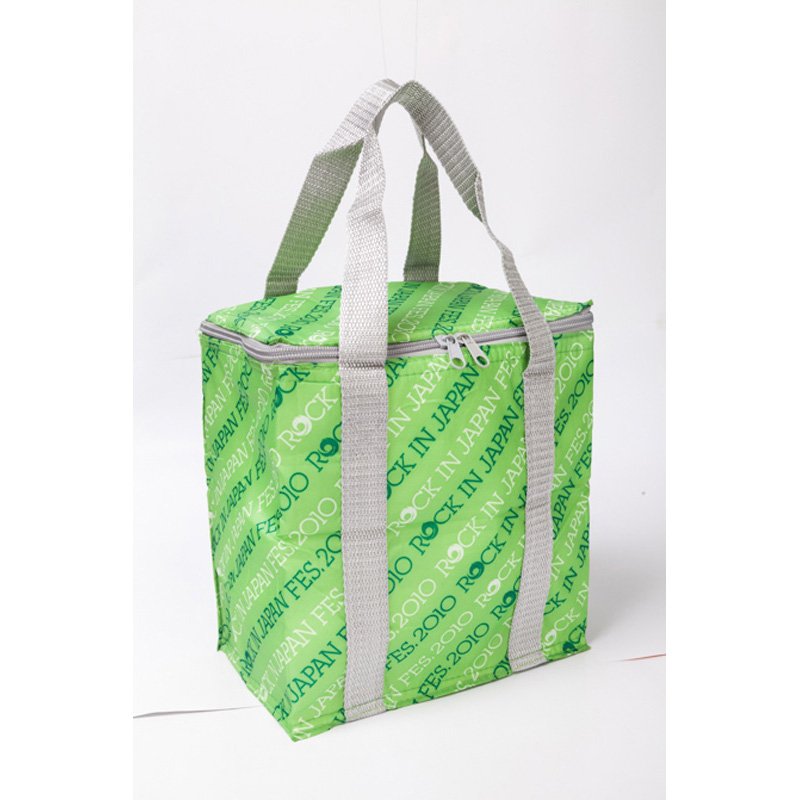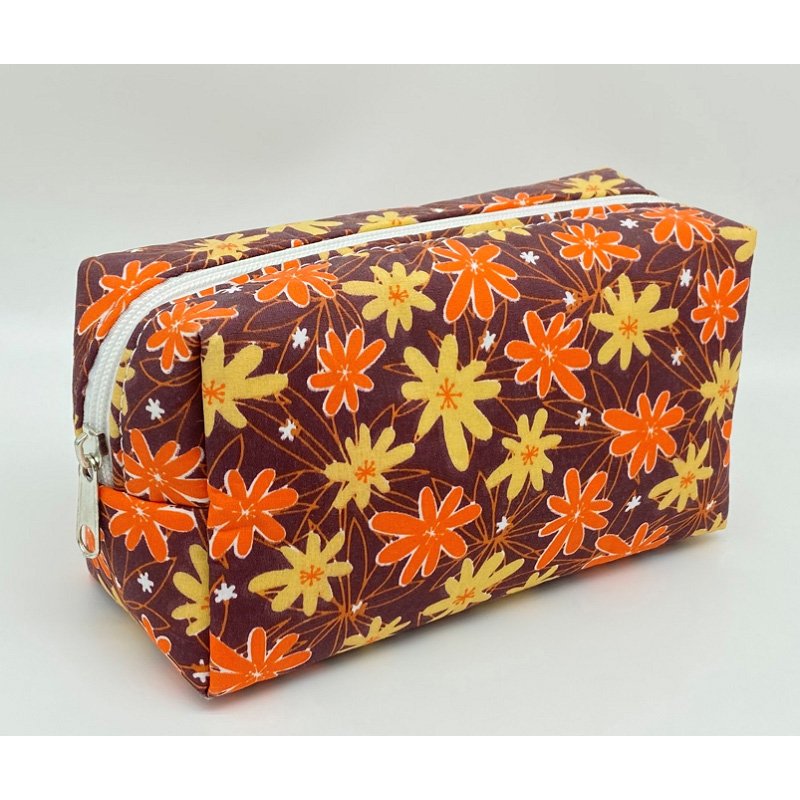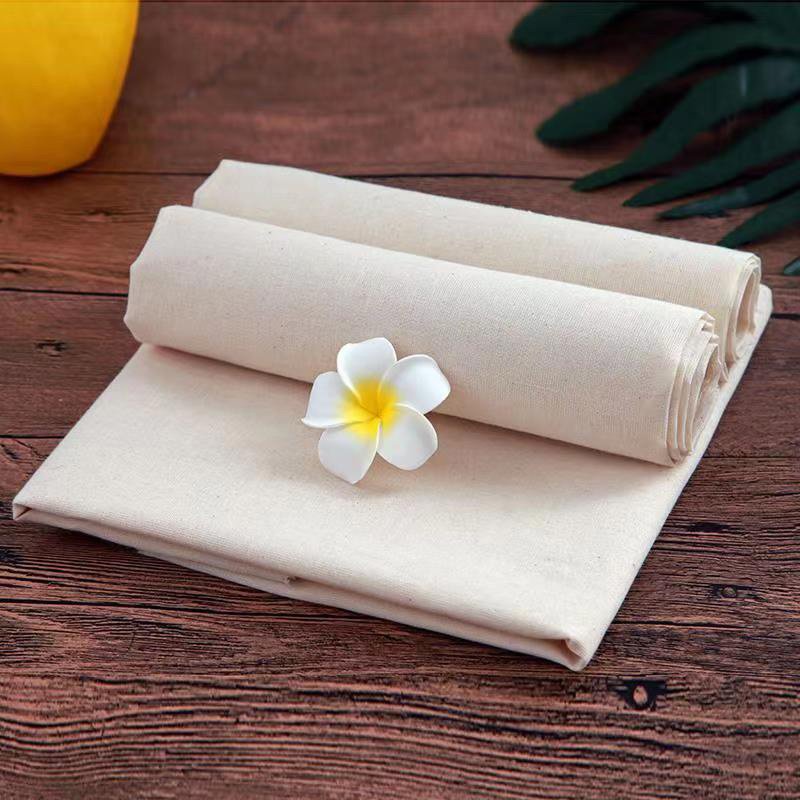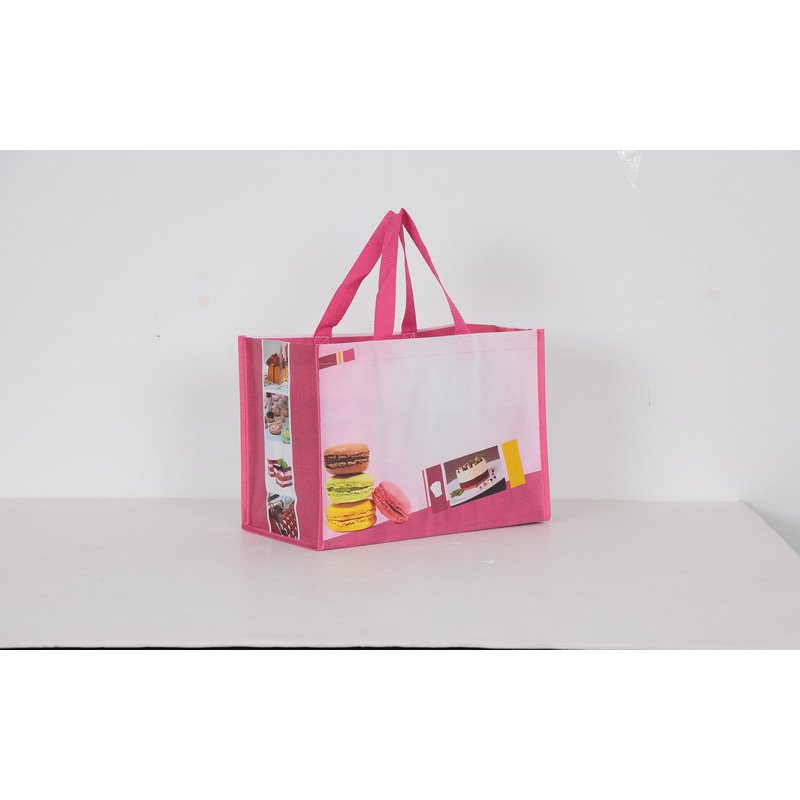In an era of convenience and mobility, cooler bags have become a staple for many individuals seeking to transport perishable goods while maintaining their freshness. Whether you're planning a picnic, a beach trip, or just need to keep groceries cool on the way home, cooler bags provide a portable option for keeping temperature-sensitive products. But just how effective are these insulated carriers? Let's delve into the science behind cooler bags and explore their effectiveness in keeping content cool.
Understanding Cooler Bag Design
Cooler bags are ingeniously designed to combat heat transfer, employing various insulating materials and construction techniques. These materials act as a barrier against exterior temperatures, keeping warm air from entering the bag and maintaining the correct coolness.
Insulation Materials: Cooler bags feature a variety of insulation materials, including foam, aluminum foil, and synthetic fibers. These materials have high thermal characteristics, which reduce heat transport via conduction and convection. Foam insulation, such as closed-cell foam, is particularly effective due to its ability to trap air molecules, which act as insulators.
Construction: The construction of cooler bags plays a crucial role in their effectiveness. Airtight seals, reinforced stitching, and durable exteriors prevent heat from infiltrating the bag and maintain the integrity of the insulation. Furthermore, some cooler bags use numerous layers of insulation or reflective materials to improve thermal performance.

Factors Affecting Effectiveness
Several factors influence the effectiveness of cooler bags in maintaining cold temperatures:
Insulation Quality
The effectiveness of a cooler bag largely depends on the quality and thickness of its insulation material. Bags with exceptional insulation capabilities can keep temperatures cooler for extended periods, even under harsh conditions.
Ambient Temperature
Cooler bags perform optimally in moderate temperatures. Extreme heat can speed up heat transfer into the bag, reducing its capacity to keep contents cool. Conversely, cooler temperatures can extend the duration of cold retention, allowing items to remain chilled for extended periods.
Pre-chilling Contents
Pre-chilling perishable items before placing them in the cooler bag helps to maintain their cold temperature for longer periods. Cold things take less energy to keep cold, decreasing the strain on the cooler bag's insulation and extending the freshness of the contents.
.jpg)
Frequency of Opening
Every time the cooler bag is opened, warm air enters, and cold air escapes, compromising its effectiveness. Limiting the frequency with which the bag is opened and closed helps to maintain frigid temperatures and enhance insulation efficiency.
Real-world Applications
Cooler bags find application in various scenarios, each presenting unique challenges and requirements:
Picnics and Outdoor Events
Cooler bags are indispensable for picnics, beach outings, and outdoor events, where access to refrigeration may be limited. Their mobility and capacity to keep food and beverages cold make them excellent companions for outdoor sports and parties.
Camping and Hiking
In camping and hiking excursions, cooler bags provide a convenient means of storing perishable items such as meat, dairy products, and beverages. Their lightweight and compact design makes them easy to transport, while their insulation properties ensure that food stays fresh throughout the trip.
Grocery Shopping
Cooler bags are a useful alternative for transporting food, especially in hot weather. By keeping perishable items chilled during transit, cooler bags help maintain food safety and quality, reducing the risk of spoilage and foodborne illness.
.jpg)
Choosing the Right Cooler Bag
When selecting a cooler bag, consider the following factors to ensure optimal performance and suitability for your needs:
Insulation Quality: Choose cooler bags with high-quality insulation materials and thick insulation layers to improve cold retention and durability.
Size and Capacity: Choose a cooler bag size that matches your needs, considering the volume of items you intend to transport and the duration of cold storage required.
Durability: Look for cooler bags with durable construction, including reinforced seams, sturdy handles, and robust exteriors, to withstand the rigors of outdoor use and frequent transport.
Portability: Select a cooler bag that is lightweight and easy to carry, with features such as padded straps or handles for added comfort during transportation.
Conclusion
Cooler bags are a practical and adaptable way to keep perishable things cool while on the road. Individuals may make educated selections when purchasing a cooler bag based on their design principles and the aspects that influence efficacy. If you are looking for a high-quality cooler bag, Neway is a good choice for you. Contact us for more product details today!

.jpg)




